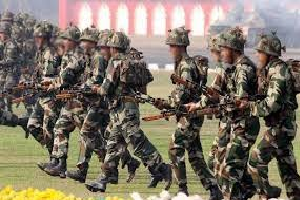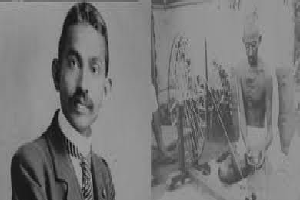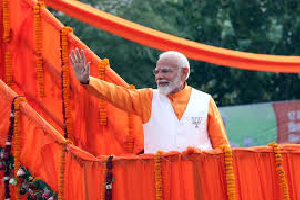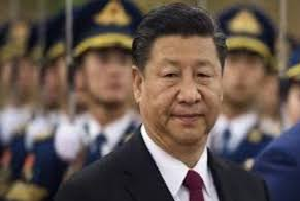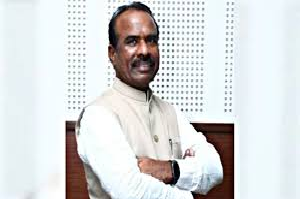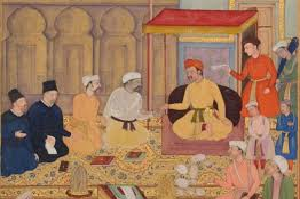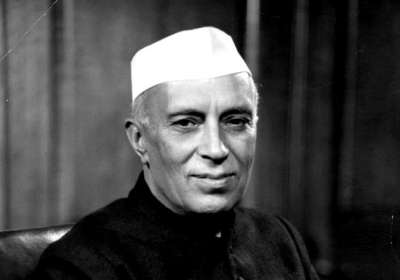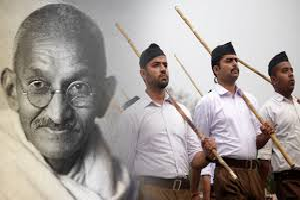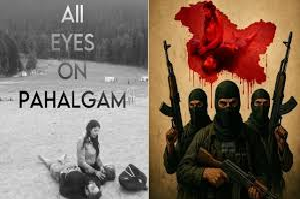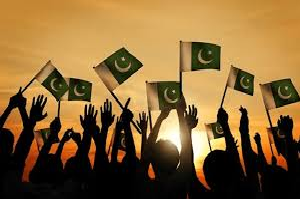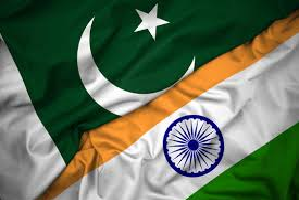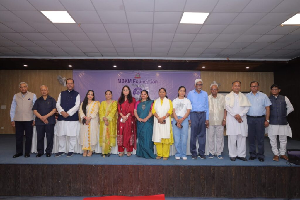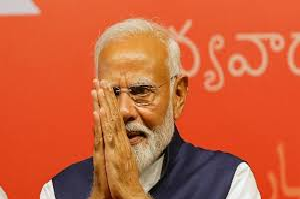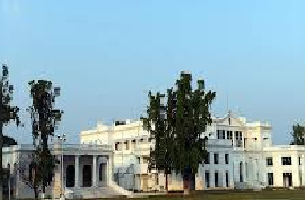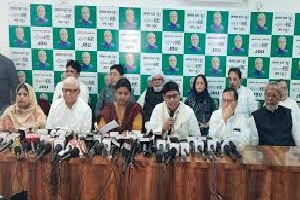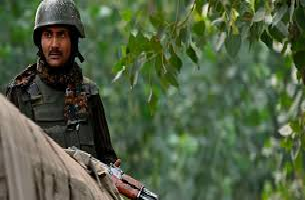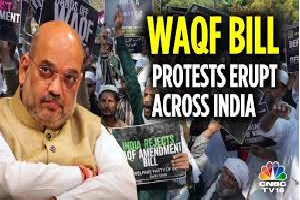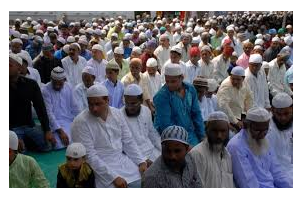31

Can Nehru Era Policies Help us in Resolving Our Economic Woes
Prof Pradeep Mathur
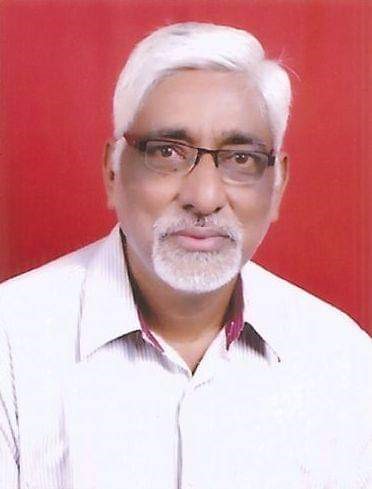
New Delhi, 31 May 2024
The economy of our country is facing a lot of problems and there is the need to consider all sorts of options and ideas to improve it and put the country on the path of inclusive economic development. While we cannot go back to the past and apply some old and outdated models of yesteryears to solve the problem of our time, we can certainly derive some benefit from the wisdom of our forefathers. It is in this context that we need to look to the policies of the Nehru era when there was a crying need to achieve some semblance of order in post-independence crisis- period economy devastated by colonial exploitation, Second world war and partition.
A lot has been discussed and commented upon on the Nehruvian doctrine of state control on the commanding heights of economy, planned development and mixed economy. However, very little has been said about the economic and growth aspect of the policy of non-alignment in international relations which Nehru championed.
Front-rank freedom fighter and India’s first Prime Minister Jawaharlal Nehru dominated the political scene before and after our Independence in 1947. For 20 years from 1942 to 1962 and he was in total command of all aspects of national policies, especially the country’s foreign policy. When the post-Second World War world got divided into two rival power blocs and era of colonialism ended the countries of Asia and Africa were being forced to make a choice between the U.S- led Western block called the first world and the Soviet Union-led socialist bloc called the second world in what was essentially neo-colonialism, Nehru led the Afro-Asian countries on an independent path called the non-aligned third world. In a world recovering from the horrors of the world war it was little realized that the policy of non-alignment was also a recipe for economic development of the countries made pauper by the relentless exploitation of colonial masters of Europe for nearly 500 years.
Article at a Glance
The article discusses the economic policies of Jawaharlal Nehru, India's first Prime Minister, during the post-independence crisis period. The focus is on the policy of non-alignment in international relations, which Nehru championed as a recipe for economic development for the countries of the Third World.
The non-aligned movement made great strides in the three decades after its inception in the 1950s, but it has been largely forgotten today. The economic reforms carried out by the government of Prime Minister P.V. Narsimha Rao in the 1990s put India on the path of free enterprise and corporate economy, which was seen as the end of the policy of non-alignment.
However, with the present international economic crisis , the article suggests that there is a need for a renewed sense of commitment, statesmanship, sagacity, and foresight among present-day leaders, similar to what was shown by the founding fathers of the non-aligned movement in the fifties and sixties.
The article concludes that a revisit to Nehru's policy of non-alignment can provide a very correct perspective on the development strategies of India and other developing countries in Asia and Africa.
The non-aligned movement of third world countries made great strides in the coming three decades after its inception in 1950s. Perhaps at no time in human history weak and underprivileged nations could become a world force in face of reservations, opposition and even open hostility by the powerful and privileged nations.
The Seventh Non-aligned summit in New Delhi in the year 1983 was perhaps the high point of the non-aligned movement. With founding leaders like Nehru and Nasser gone there were clear indications about the wavering commitment of many members to the spirit of the movement. In the next 10 years the worsening economic situation in the world and the collapse of the Soviet Union in 1991 sealed the fate of the non-aligned movement. Now we have totally forgotten its purpose and relevance though we are still chasing the objectives set before us by its founding fathers.
The economic reforms carried out by the government of Prime Minister P.V. Narsimha Rao put India on the path of free enterprise and corporate economy. Though end of a regime of government controlled economy and an independent foreign policy had no mutual conflict it was seen as the end of the policy of non-alignment. Political opposition to Nehru and what is termed as Gandhi-Nehru dynasty also led to an environment of opposition to the tenets of the foreign policy of Nehru.
Now at the present juncture of development India finds itself alone in a harsh world in which it has no real friends and it has to develop itself on its own. This is also the case with several other countries, especially in South America. Strong voices are being heard in Latin America which are demanding a return to the world of pre-globalized economy rejecting the U.S.-led model of economic development and international financial relations.
The question is has the time come to revisit Nehruvian policies especially the doctrine of non-alignment which was a recipe for a pattern of economic development without being dictated by the designs of big powers.
To find an answer to this question we need to have a relook at the basics of the policy of non-alignment.
The non-aligned movement’s inception in the decade of 1950s was a necessity for the newly liberated Third world countries in the immediate post-war world because they were faced with a plethora of problems mostly caused by the worsening economic crisis and the crying need to improve the lives of the broad masses. The developing countries needed a new awareness and a new commitment to meet the challenge. Now again when we are faced with a massive international economic crisis caused by Corona pandemic our present-day leaders need the same sense of commitment, statesmanship, sagacity and foresight which their forefathers showed in the fifties and sixties. Unless the driving force of the immediate post-colonial era is regenerated most of the countries of the developing world would find it difficult to measure up to the challenges that lie ahead in the time to come.
Let us recall that perhaps at no time in human history a small initiative by some weak and dis privileged nations became a world force in face of reservations, opposition and even open hostility by the powerful and privileged nations of the world. The human history is an account of the deeds of emperors who made others follow their dictates. It is a saga of conquests by the mighty over the weak. The non-aligned movement was the anti-thesis of this age-old pattern. It was a defiance of the historical process which had prescribed hegemony of a few over others as a fact of existence. The non-aligned movement was an expression of the innate desire of human beings to stand on their own and assert their identity and independence irrespective of the fact whether they were high or low, big or small, strong or weak. It was the most powerful and articulate expression of something man has always known but could seldom practice in the form of state-craft that the human spirit cannot be bonded and the people's desires to decide their own destinies must be respected.
The Nehru of a resurgent Asia, Nasser of an Africa astir and Tito of a Europe awakened to the folly of materialism in collaboration with other leaders of post-colonial societies sought to chart out a course for their newly-independent countries by which these countries could ab initio refuse the option to join either of the super power blocs. Non-alignment evolved essentially as a non-bloc movement. But more than that it was a peace movement, a movement born out of the desire to conserve the energies and resources of the world for development to improve the abysmally poor living conditions in a world systematically plundered by the colonial powers over the centuries. After nearly 30 years of its fade-out today the developing world is led by a generation of leaders that is even more committed to fight poverty and speed up the process of development. They are as sensitive to their own inadequacies as they are to the fact that the process of reconstructing the world has been too tardy to remove the scourge of poverty, malnutrition, disease and unemployment in their life-time. Their impatience is ill-concealed. These leaders have been steeped up in their respective national traditions. They may differ from each other in many ways but essentially they are a proud lot. These leaders have witnessed the realpolitik of the previous decades. They also know that they must jealously guard the interests of their individual countries instead of letting in be looked after by the developed countries whose proposals and prescriptions for the development of their countries at various fora are but an articulate expression of a continued desire to exploit them, of course, in a much more subtle way.
However, the present generation of leaders in the developing world does not show same degree of sensitivity for the basic man and woman—the poorest of the poor who stands in the greatest need to be helped. Complexities of a globalized economy seem to have confused them and the leaderships, whether democratic or totalitarian, suffer from a growing alienation with the masses. They sidetrack the fundamental issue whether the developmental work is addressed to the basic man and woman in their countries. They need to take the acid test prescribed by Mahatma Gandhi who said. "Whatever you may do, first ask yourself if it is going to help the poor and the downtrodden."
The non-aligned movement, as its founding fathers envisioned, was essentially a people's movement—a movement of the poor of the world who had been a victim to colonialism and who are struggling to be equal partners with the citizens of the developed countries in a modern world. The non-aligned movement was. Therefore, essentially a manifestation of the rising aspirations of the two-thirds of human race. However, as Nehru said at the U.N. General Assembly session in September 1960 that there can be no development without securing peace. Therefore, this struggle for peace remains, as it was in the immediate post-war era
A revisit to Nehru’s policy of non-alignment can give us a very correct perspective on the development strategies of our countries as well as of all the developing countries of Asia and Africa who have a long way to go in their struggle to give their people a basic semblance of good life.
The basic spirit of non-aligned movement as defined by Nehru was peace, mutual cooperation among developing countries with minimal dependence on super powers, a growth pattern suited to each regional’s specific needs and inclusive development strategies so that gains of development reach the last man in every society. This spirit of non-aligned movement is not only relevant even today but is also necessary to imbibe because the “economism” of the globalized economy has subdued the spirit of a people-centric development culture and has involved us in the rat race of a get-rich-quick oriented model which is the bane of Western culture. This certainly is not the right model for the solution of the socio-economic problems of an ancient civilization like India.
---------------


